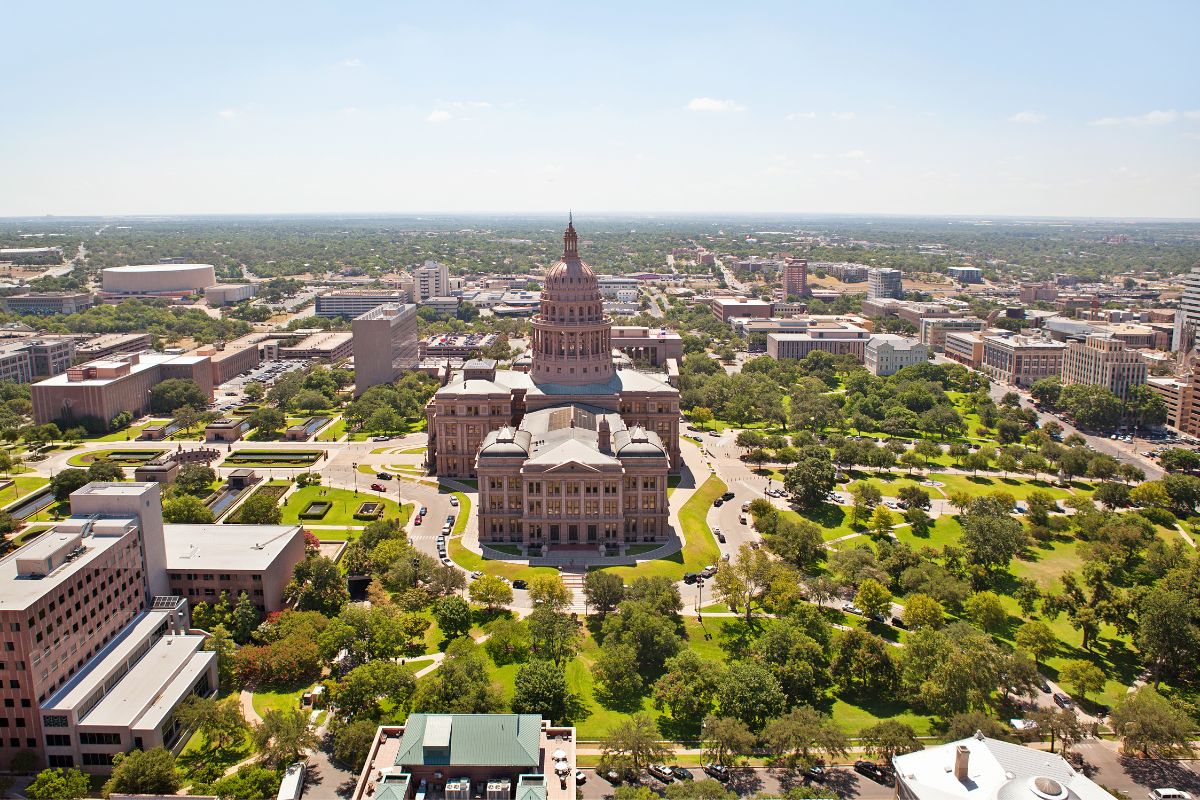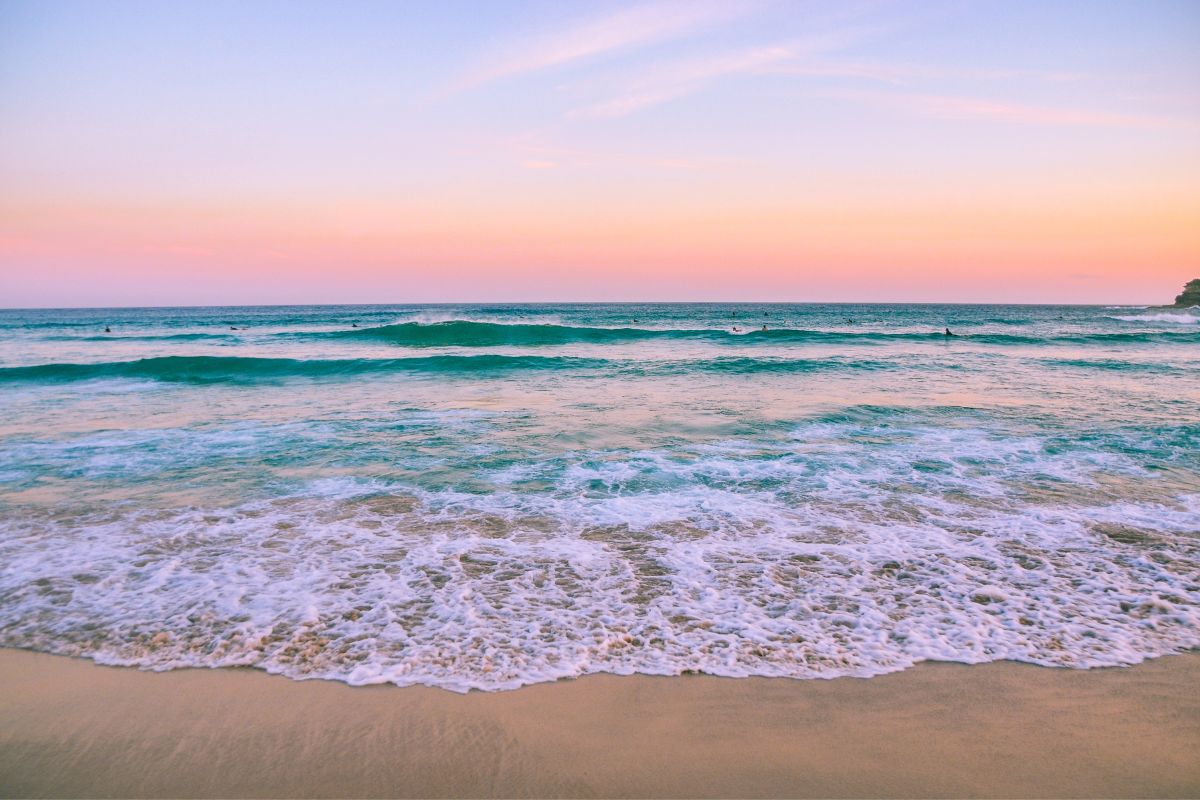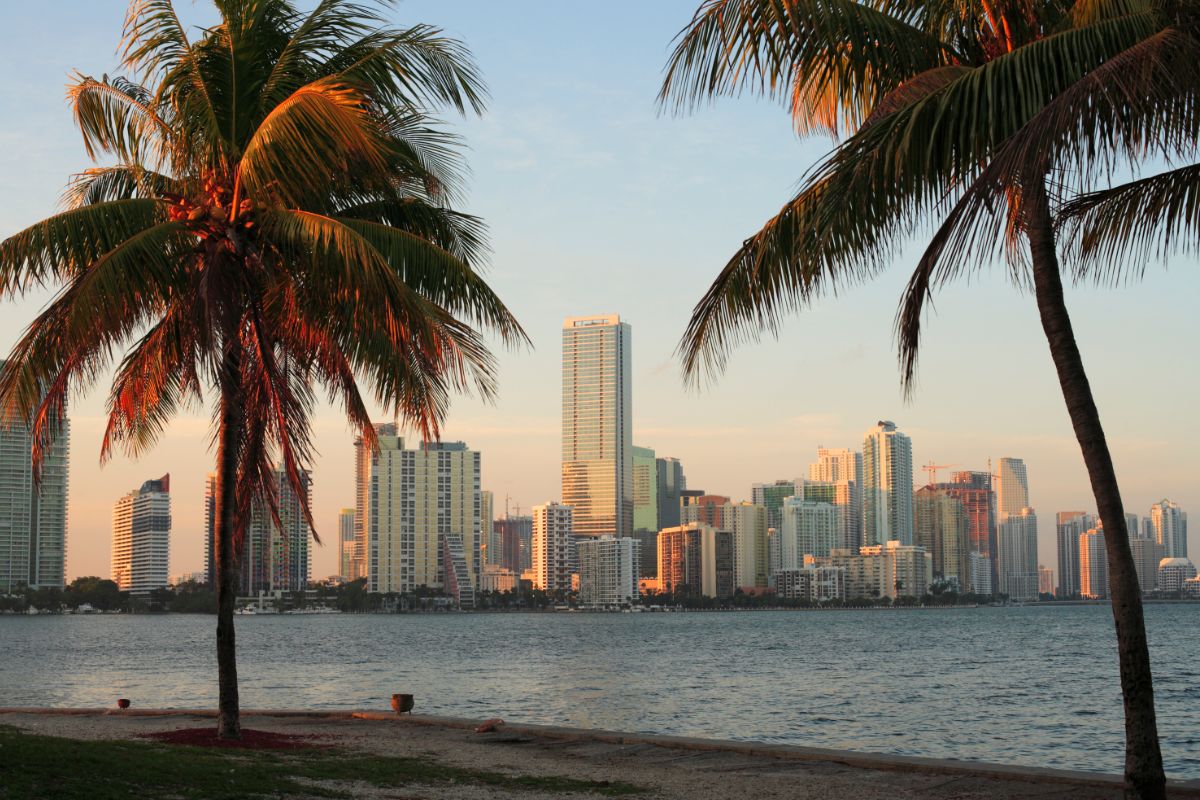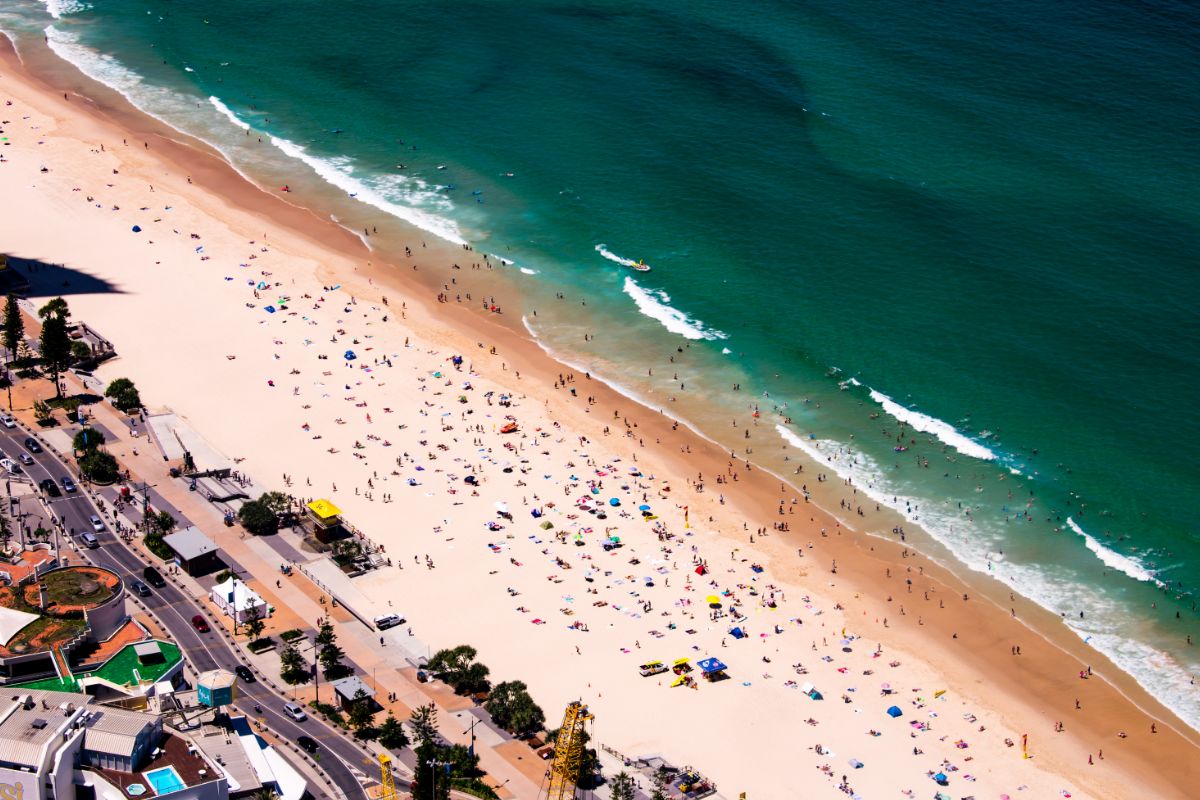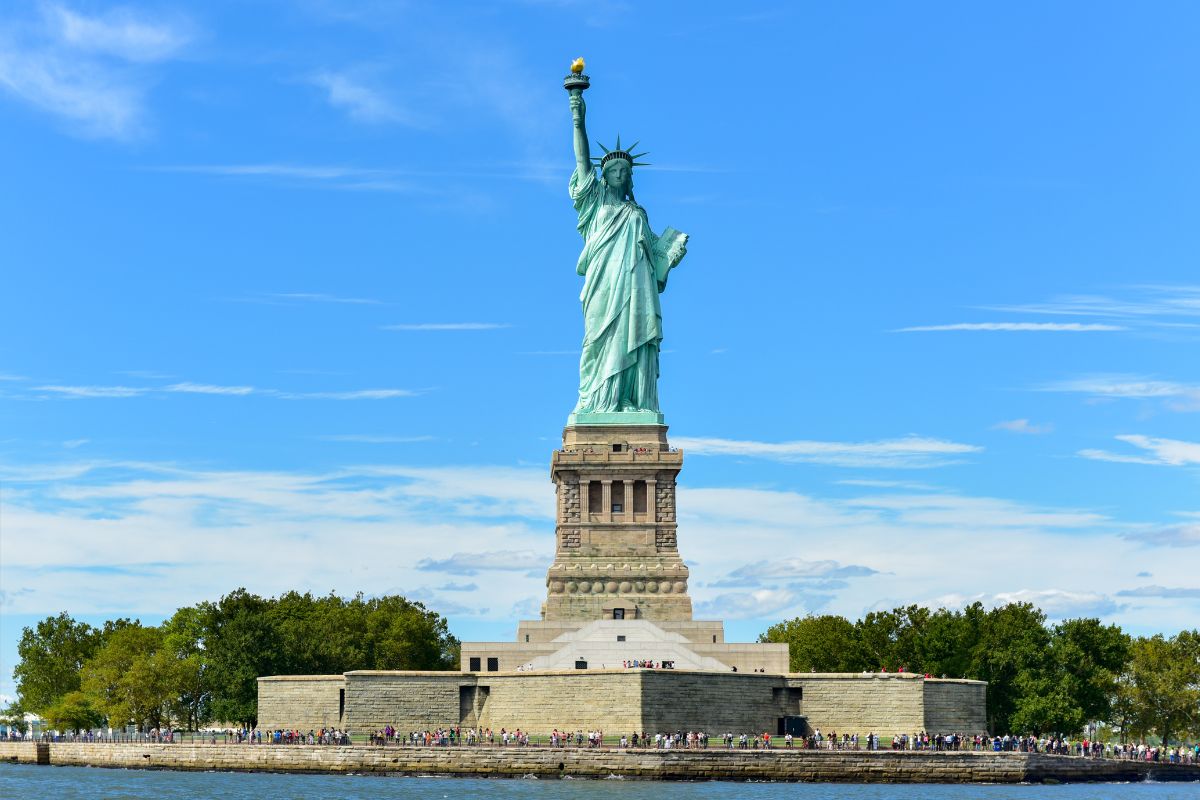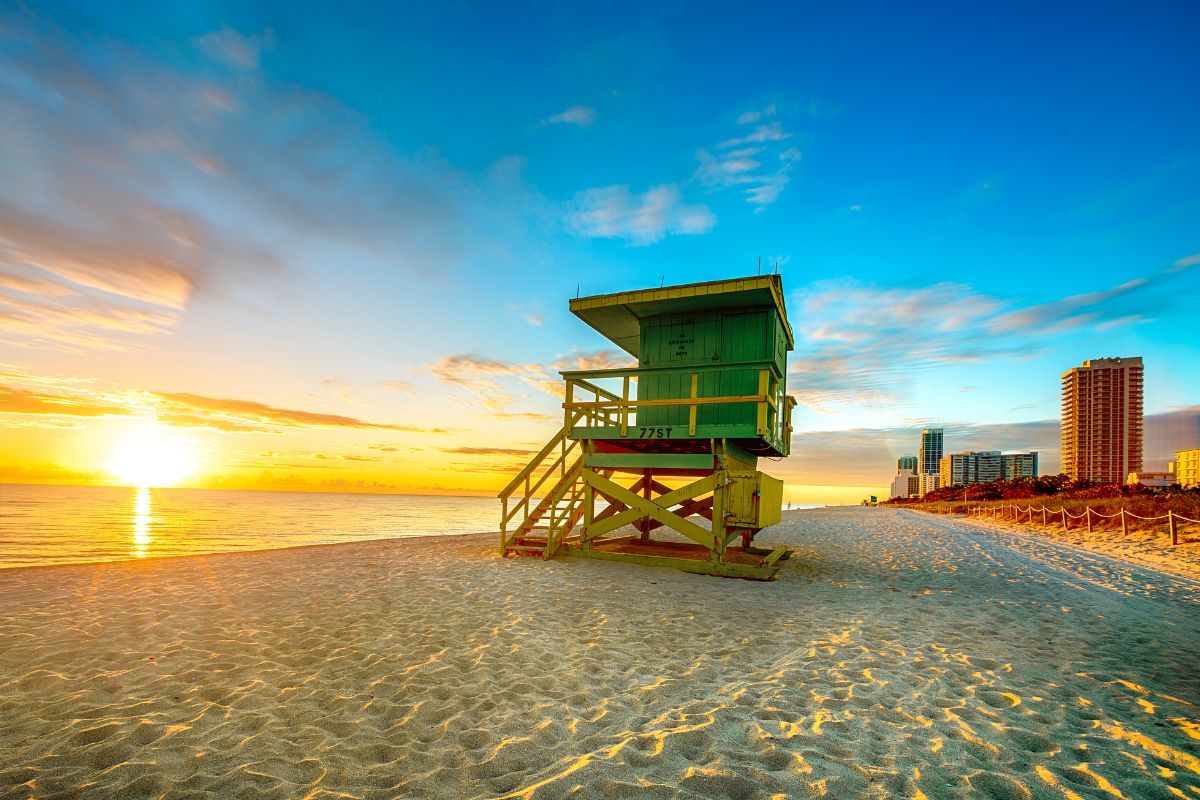Stargazing is an activity enjoyed by humans since the dawn of our species. There is nothing more wondrous than seeing the cosmos in all of its beauty on a clear, crisp night.
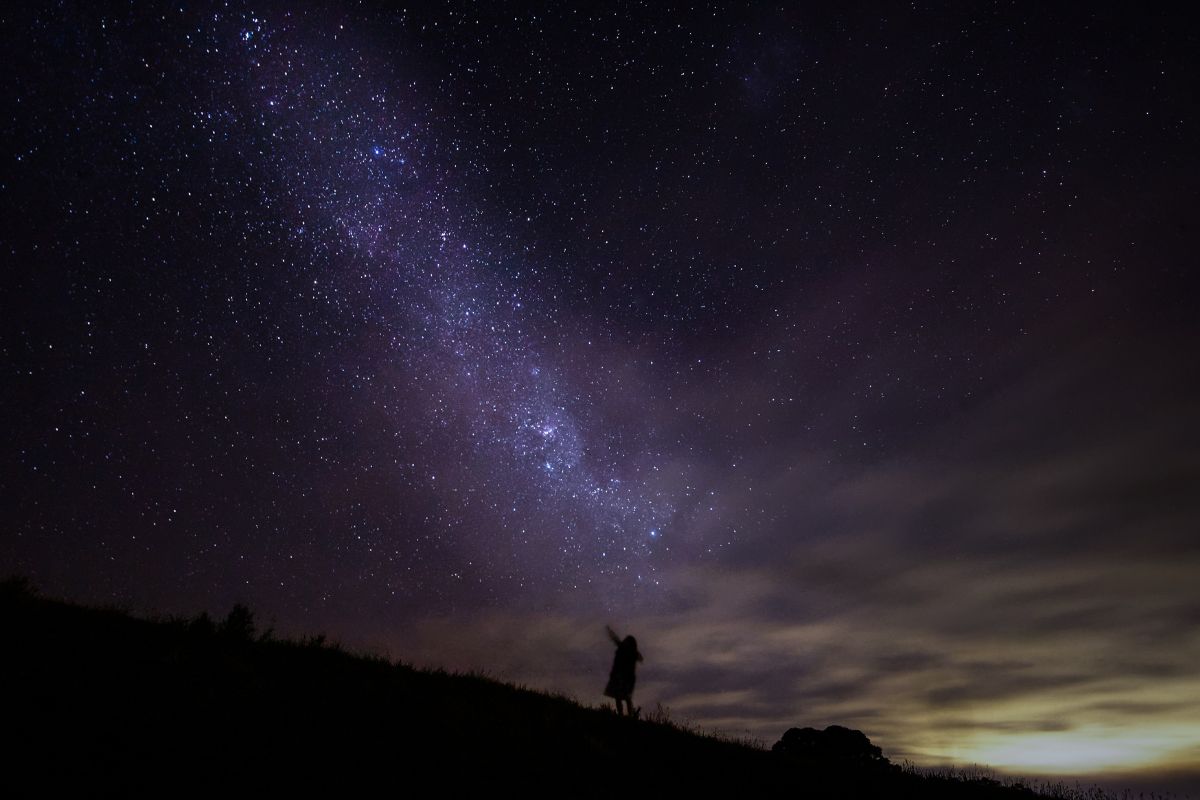
For some, stargazing makes them feel small and insignificant—for others, it is a chance to gaze into the wonders of the universe, and to feel at peace as one piece of an almost endless sea of galaxies.
The problem with trying to stargaze is that modern life doesn’t always allow for it. If you live in a city, you’ll find it very hard to get a good look at the night sky.
Artificial light pollution blots out a lot of the cosmos’ natural wonders, so you might find yourself needing to go on a road trip to find the perfect stargazing location.
But where exactly is this? What are some of the best spots to stargaze in the United States of America?
If you’re wondering about this—don’t worry! You’ve arrived at the right article. In the following sections, we’re going to take a look at the 10 best places for stargazing in the United States of America.
We’ve made sure to include a wide variety of locations, including lots of different states, as well as a short Frequently Asked Questions section to help answer any of the questions you might be wondering about.
1. Rocky Mountain National Park In Colorado
Address: Colorado, United States
Rocky Mountain National Park is a gorgeous place to get a clear glimpse of the stars at night. If you choose to walk the Trail Ridge Road, you’ll find one of the largest continuous paved roads in the United States of America.
From this trail you’ll be able to get a perfect glimpse at the cosmos, particularly in the winter, however, we’d recommend going in the summer for a much safer trip.
You’ll also want to keep an eye on the National Park Service website, in incase of any park closures or alerts.
You should plan out your trip a lot in advance to make sure that you’re safe and that your stargazing experience isn’t ruined by anything unexpected.
2. Mauna Kea In Hawaii
Address: Mauna Kea Access Rd, Hilo, HI 96720, United States
Hawaii is a series of islands, but that doesn’t mean you won’t be able to find locations free of light pollution. This location is an observatory that has been built on the top of a volcano, which is Hawaii’s highest peak!
Don’t panic! It’s not an active one, but it is an awesome place to go and stargaze if you’re in Hawaii.
If you’re looking for a spot that is one of the most iconic places for stargazing and observatories in the world, then this is an incredible opportunity for you to get an uninterrupted view of the cosmos.
3. Chaco Culture National Historical Park In New Mexico
Address: New Mexico, United States
If you’re in New Mexico, then there is more than just one reason to visit the Chaco Culture National Historical Park.
It’s the location of one of the densest archeological sites in the world, with a wealth of history that will have you feeling connected with some of our early ancestors.
This, combined with the open, starlit skies, will allow you to travel back into the past and see the night sky as our ancestors would have.
Like a few of the other locations on our list, Chaco Culture National Historical Park has been assigned a gold rating by the International Dark Sky Parks Association, so you can rest assured this is one of the best spots for stargazing in the United States.
4. Death Valley National Park In California
Address: Death Valley, California, United States
If you live or are traveling through California, then you’ll know that one of the most impressive natural locations is the Death Valley National Park.
It’s well-known to be one of the darkest places in the United States of America to stargaze, and the best thing is that it’s a gigantic area.
If you want to have a clear view of some of the most incredible stellar activities possible to see, then this is an incredible palace to visit.
We would suggest avoiding going to the park in the heart of summer. Although you might be blessed with some remarkably clear skies, the weather is likely to be very hot and pose a danger to you.
It is called ‘Death Valley’ after all. It’s much better to go any time from November to April when the weather is cooler but the sky is no less clear.
5. Big Bend National Park In Texas
Address: Big Bend National Park, TX, United States
If you’re looking for one of the best locations to go stargazing in Texas, consider checking out Big Bend Ranch State Park.
This is an incredibly large area that allows for a lot of empty, dark space. You’ll truly feel as though you’re in the middle of nowhere, and it was awarded a ‘gold tier’ rating by the International Dark-Sky Association in 2018.
The clear skies and vast atmosphere of Big Bend offer you an opportunity to become completely lost in the cosmos above, with the best spots to stargaze along the River Road, or at the Big Hill or the West Contrabando Trailhead.
It’s worth noting that these spots are all accessible if you have a vehicle and a bit of spare time.
6. Cherry Springs State Park In Pennsylvania
Address: 4639 Cherry Springs Rd, Coudersport, PA 16915, USA
Cherry Springs State Park is one of the wildest and untamed places in all of Pennsylvania.
It was given its name because of the abundance of black cherry trees across the park, but if you’re there at night then the sky is going to be much more interesting to look at than the trees.
At night the park has almost no sources of artificial light, making the night sky open and wondrous providing you have clear weather.
Another great thing about Cherry Springs State Park is that it’s a hot spot for other stargazers, so there are likely to be people around checking out the cosmos just like you—especially if there is an important astronomical event going on!
7. Grand Canyon National Park In Arizona
Address: Arizona, United States
If you’ve ever been to the Grand Canyon in the day before, you’ll know just how remote it is.
The Grand Canyon is one of the most important natural landmarks in the country, and a must-visit for many tourists. But one of the lesser known things about the Grand Canyon is that it’s an incredible place to take a look at the night sky.
Nights are dark out in the Grand Canyon National Park, and you’ll find that there is very little light pollution.
Another big positive about the Grand Canyon National Park is that there are lots of different opportunities to join tour groups or find other astronomy fans to explore the universe with.
8. Natural Bridges National Monument In Utah
Address: Lake Powell, UT 84533, United States
The Natural Bridges in Utah offer you the opportunity to get two awe-inspiring experiences in one. The first is that you’ll get to check out the natural formation of rocks known as bridges and declared a national monument all the way back in 1908.
These natural bridges (no matter what time of year that you visit) offer a unique look into how water can shape the earth.
But more importantly, if you show up at night, you’re going to be granted some of the most beautiful clear skies you’ll ever see.
Lake Powell offers some of the darkest views of the skies in all of the United States, so if you want to get a good glimpse of the cosmos then this is a perfect place to travel.
9. Kitt Peak National Observatory In Arizona
Address: Highway 86 to 386 for 12 Miles, Arizona, United States
Anywhere observatories have been built are sure to be the perfect places to stargaze, and the good thing to keep in mind is that you won’t need a multi-million dollar telescope to get a good glimpse of the cosmos.
The Kitt peak national Observatory is located at the very peak of the Quinlan Mountains. It’s quite a remote location to get to, but it’s one of the most fabled astronomical sites in the world.
If you’re a true fan of astrophysics or astronomy in general, we’d very much recommend going and taking a trip out to Kitt Peak.
There’s a lot to do and learn and it can make a wonderful evening trip if you’re looking to get a clear, prestigious look at the cosmos.
10. Voyageurs National Park In Minnesota
Address: International Falls, MN 56649, United States
If you’re looking for a northern place to go and experience the cosmos, then you won’t do much better than the Voyageurs National Park in Minnesota, located just next to the Canadian border.
It’s a stunning place to go simply for its immense woodland and clear lakes, but its low levels of light pollution make it an incredible place to go and experience the wonders of the Milky Way.
It’s another spot that has been recognized by the International Dark Sky Association, and you’ll find lots of quiet spots to enjoy the stars with friends and or family.
Just be aware that it can get very cold in the winter, so make sure you properly prepare before you venture out into the wilderness.
Final Thoughts
Going stargazing at a location where there is little to no light pollution is an experience like no others.
In our modern life of work, technology, and constant social media, it can be difficult to understand or appreciate our place in the universe.
By taking a trip to a remote location, we are able to fully connect with the universe and perhaps re-emerge from our trip with a new perspective on life.
For some, stargazing offers such opportunities. For others, it’s just an awesome chance to get some fresh air and see some wonder in a remote place.
We hope that this guide has helped give you some ideas for the best locations where you can stargaze.
Before you go, we’d like to reiterate how important it is to plan your trips ahead of time, especially if it’s in a remote location where help won’t be readily available.
If you’re traveling to a national park, make sure to check out their website to make sure you’re following any important rules or regulations.
If you still have some questions about stargazing, make sure to keep reading for our short Frequently Asked Questions section.
Frequently Asked Questions
Stargazing is an activity that can have a lot of benefits for your life.
Firstly, it’s a great way to unwind and gain some perspective. This is because when we look at the wonders of the universe, we understand how small we are in the grand scheme of things.
Another benefit of stargazing is that it can reconnect you with nature. In our modern life, it can be difficult to understand our place on the earth as sentient animals, and looking up at the stars can help you reconnect with this idea.
Cities and towns have a lot of street lights and lights inside and on the outside of buildings. These have been put out throughout the course of time so that we can see and navigate the streets even at night.
Although this is essential for having our cities and towns be congenial places to move around, the big problem they cause is light pollution.
As the mass of light in a town or city increases, the brighter the skyglow is, making the night sky brighter and obscuring the stars from us. This can be frustrating for those who want to stargaze.
If you go to one of the locations mentioned in our article above, you won’t need a telescope in order to stargaze. You’ll be blown away by just how much of the Milky Way galaxy is visible just with the naked eye.
If you want to get closer or clearer images of specific stellar phenomena, then you’ll need a telescope.
- The 10 Most Dog Friendly Hotels in Glasgow: A Comprehensive Guide for Pet Parents - September 29, 2023
- The 8 Best Dog Friendly Hotels In Liverpool For You And Your Dog - September 25, 2023
- The 8 Best Dog Friendly Hotels In Weymouth For Your Coastal Trip - September 23, 2023

